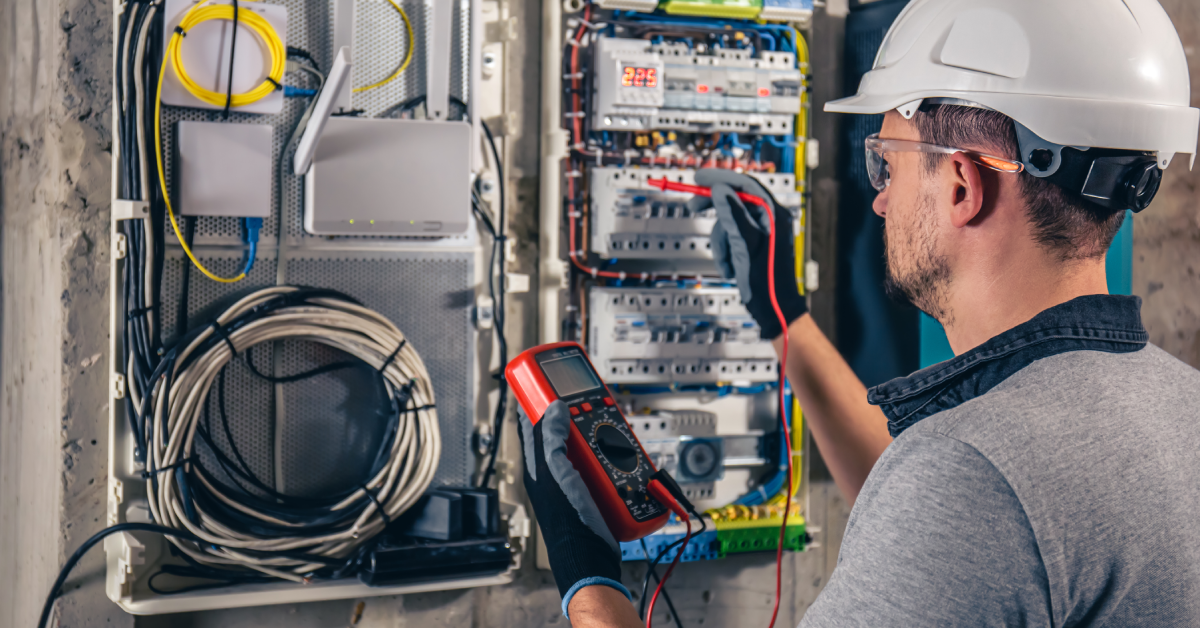Introduction
A fuse is a crucial component in electrical systems, designed to protect electrical circuits from damage caused by overcurrent or short circuits. By automatically stopping the flow of current, a fuse prevents electrical fires and ensures the safety of homes and businesses. Whether you are an electrician, homeowner, or business owner, understanding how fuses work can help prevent costly damage and enhance electrical safety. This article will explain the purpose of a fuse, its types, how to select a fuse, and why it plays an essential role in power distribution systems.
What Is a Fuse and How Does It Work?
A fuse is an electrical safety device that interrupts the flow of electricity when excessive current flows through a circuit. It consists of a fuse element, usually a fusible wire, which melts when the current to flow exceeds a specified limit. This breaks the circuit and stops the flow of current, protecting electrical devices from damage.
Components of a Fuse
- Fuse Wire/Fuse Element – A metal element that melts when exposed to high voltage or high current.
- Fuse Holders – These secure the fuse in place within a fuse box or power distribution system.
- Cartridge Fuses – A type of fuse that encases the fusible link in a glass or ceramic body.
- Miniature Fuses – Used in small electronic devices for circuit protection.
The Role of a Fuse in an Electrical Circuit
A fuse is an integral part of electrical safety, ensuring that electrical circuits do not experience dangerous voltage drops or surges. If too much current flows through an electrical system, the fuse melts and interrupts current, preventing electrical fires and damage to electrical equipment.
Circuit Protection with Fuses
- Stops the flow of power when something goes wrong in an electrical system.
- Protects electrical circuits from overheating.
- Prevents a fire by disconnecting faulty wiring or electrical devices.
- Used in power grids and distribution systems to safeguard downstream equipment.
Types of Fuses
There are different types of electric fuses, each designed for specific applications. Choosing the wrong fuse can compromise circuit protection and damage the electrical system.
Low-Voltage Fuses
- Expulsion Fuses – Used in power distribution systems to clear high-voltage faults.
- Cartridge Fuses – Contained in fuse holders, these are used to protect electrical circuits in industrial settings.
- Miniature Fuses – Common in small appliances, offering quick disconnection during a fault.
High-Voltage Fuses
- High-voltage fuses protect power systems from sudden voltage spikes.
- Often used in electrical engineering and power distribution applications.
- Designed to handle overcurrent and prevent voltage drops in high-voltage networks.
Fuse vs. Circuit Breaker: What’s the Difference?
While fuses and circuit breakers are both designed to protect electrical circuits, they function differently.
| Feature | Fuse | Circuit Breaker |
| Operation | Melts and breaks the circuit | Switch mechanism that trips when overloaded |
| Response Time | 0.002 seconds – 0.05 seconds | Slower compared to fuses |
| Replacement | Needs to be replaced with a new fuse after blowing | Can be reset without replacement |
| Application | Best for single-use circuit protection | Used for higher-rated and high-voltage applications |
A circuit breaker protects circuits similarly but can be reset rather than replaced. However, fuses tend to respond faster to short circuits, making them essential for electrical fault prevention in many systems.
How to Select a Fuse
Choosing the right fuse is critical to ensuring circuit protection and electrical safety.
Factors to Consider
- Rated Fuse Value – Determines the maximum current the fuse can handle before blowing.
- Voltage Rating – Ensures the fuse can withstand the expected voltage drop in a circuit.
- Current Flow Capacity – The fuse must be replaced if it cannot handle excessive current.
- Ambient Temperature – Affects the performance of the fuse wire and fusible link.
- Power Systems and Wiring – Ensures compatibility with electrical circuits in homes and businesses.
Using the wrong fuse can lead to electrical equipment damage, so it’s essential to consult data sheets and professionals when selecting a fuse.
FAQ: Common Questions About Fuses
1. What happens if the wrong fuse is used?
Using the wrong fuse can result in overload, damaging electrical devices and wiring. It may also cause electrical fires if the fuse element fails to stop the flow of current.
2. How often should fuses be replaced?
A fuse is sacrificed when it blows, so it must be replaced with a new one. Regular inspection ensures circuit protection and prevents potential hazards.
3. Can a fuse be reset like a circuit breaker?
No, unlike circuit breakers protect circuits and can be reset, a fuse will blow and must be replaced after it melts.
4. Why do high-voltage fuses exist?
High-voltage fuses protect power distribution and power grid systems from electrical faults and voltage spikes.
5. How do I know if my fuse has blown?
Signs of a blown fuse include power loss, visible fuse wire damage, and a fuse box warning indicator.
Conclusion
Fuses are essential safety devices in any electrical system, preventing overcurrent, overload, and short circuits. By selecting the correct fuse, users can ensure the protection of electrical circuits, devices, and power distribution systems. If you are unsure about fuse selection or need to upgrade your electrical system, consulting a professional electrician is always recommended. For expert advice on circuit protection or fuse installation, contact Super Fast Electric today. Let us help you ensure your electrical safety with reliable, high-quality electric fuses and circuit breakers!




